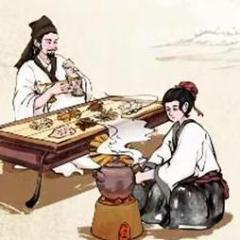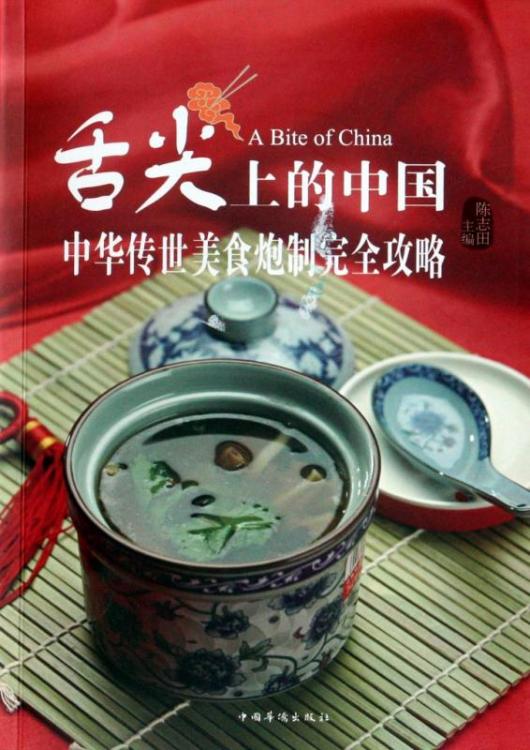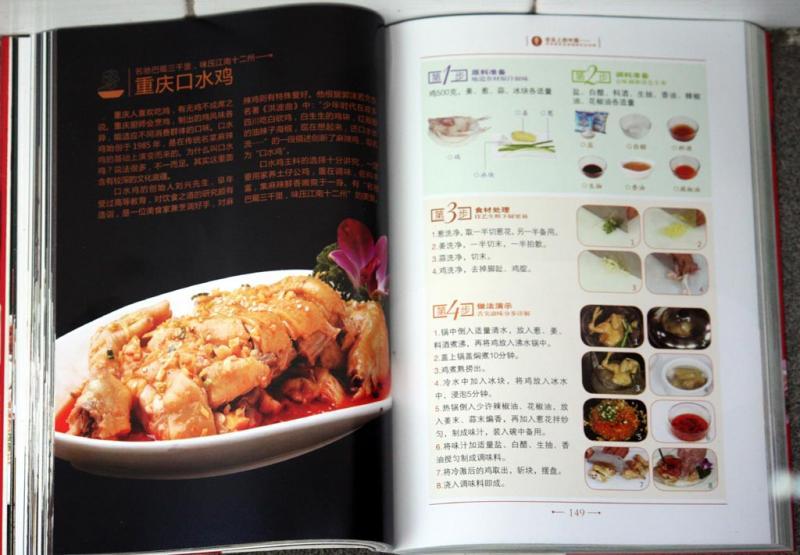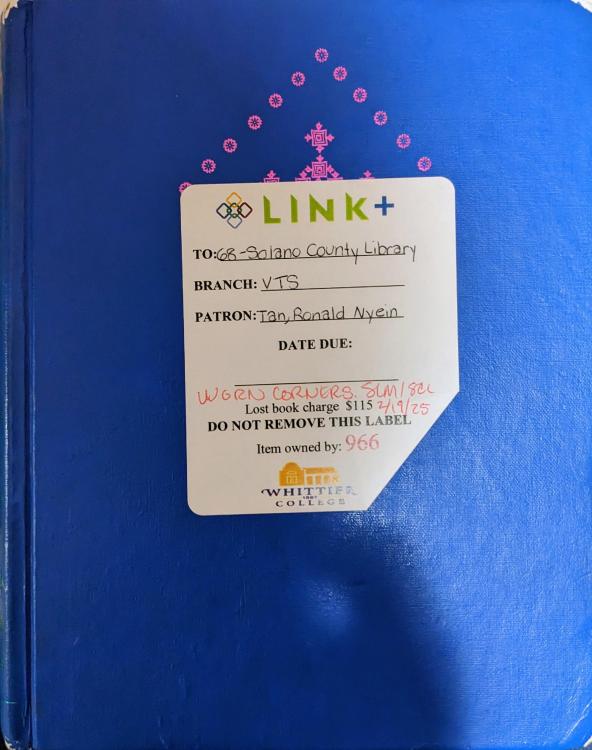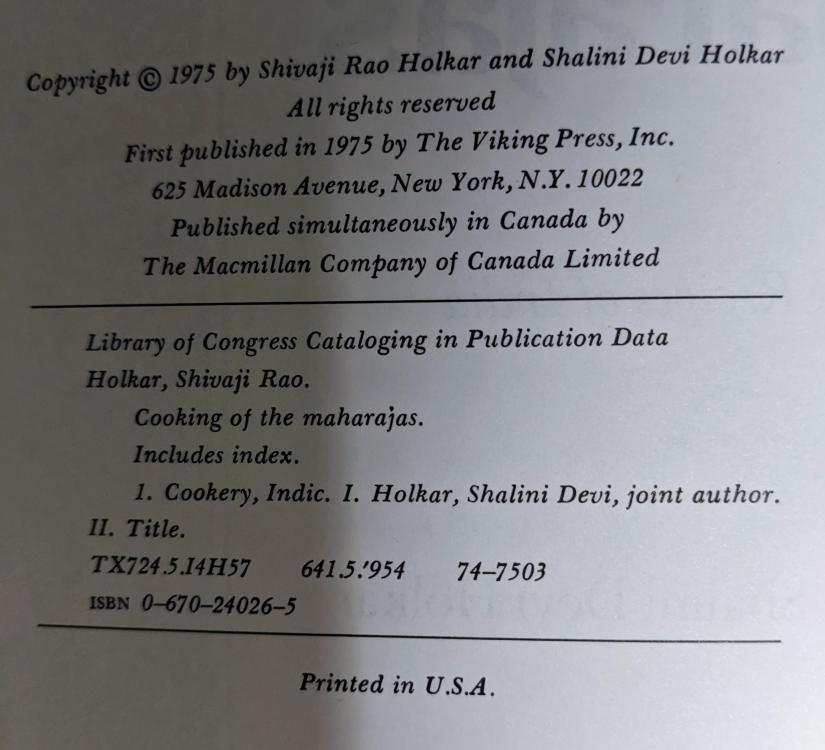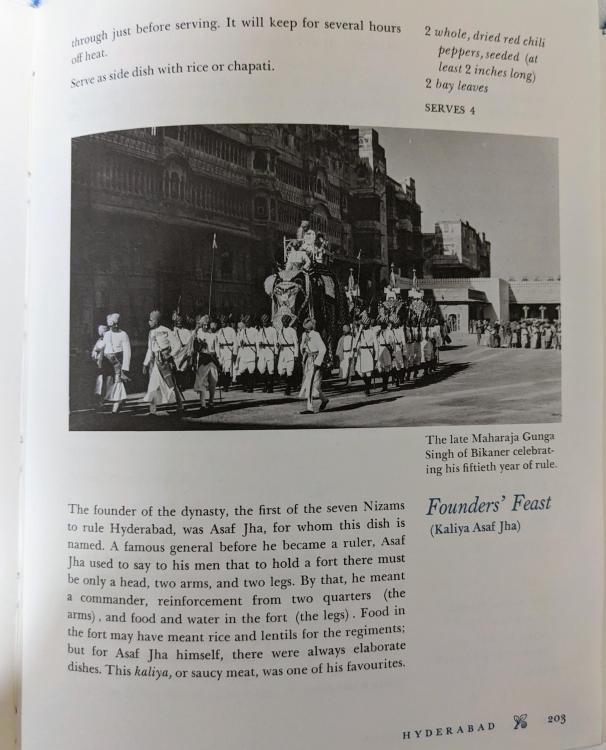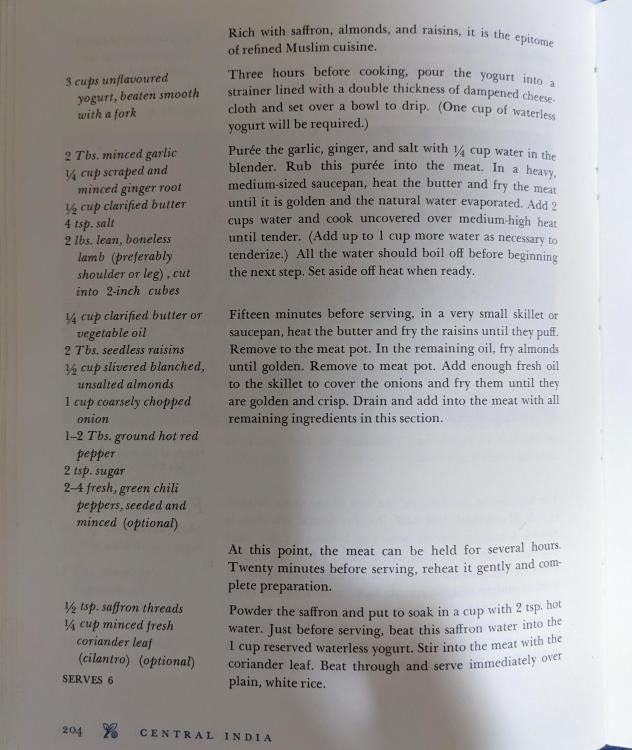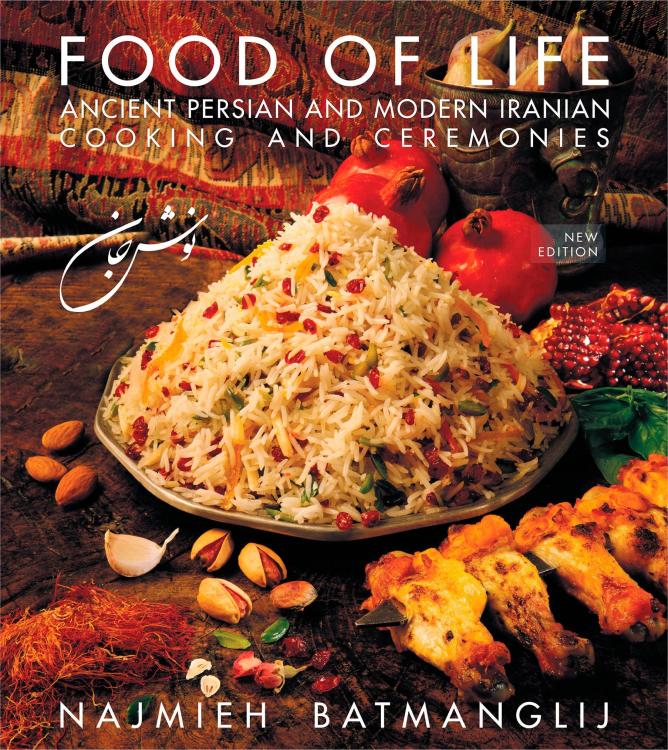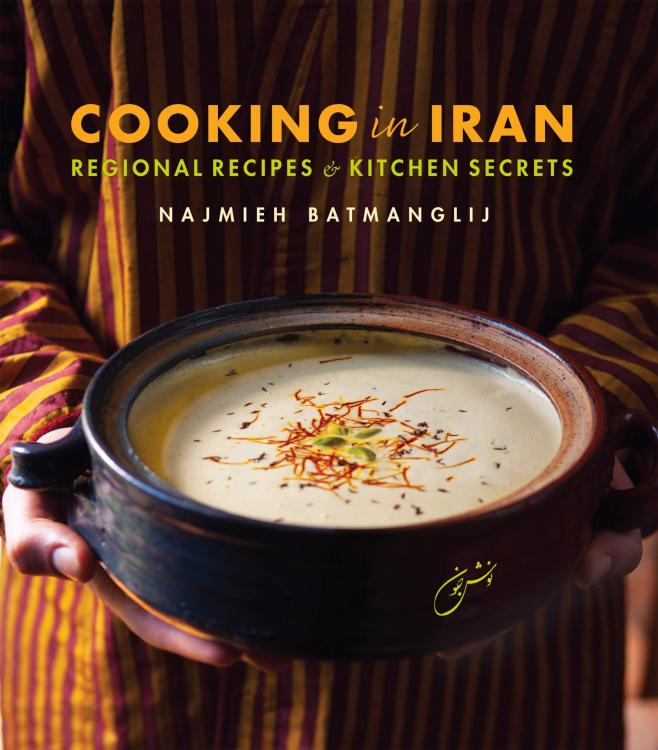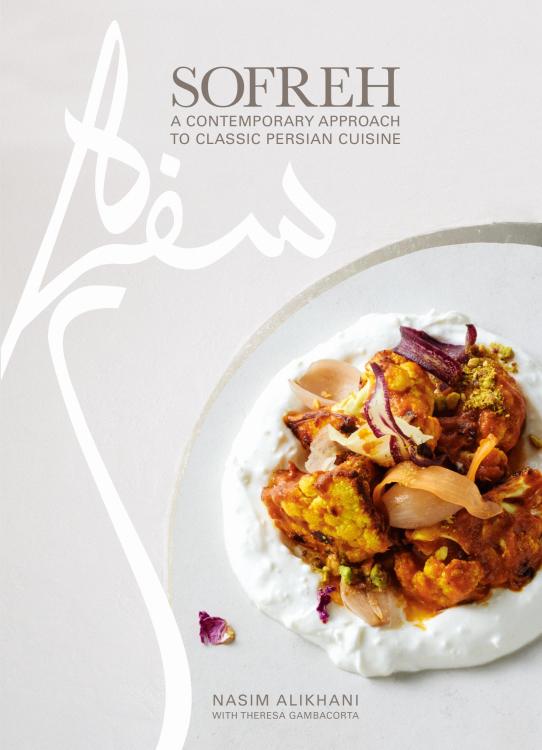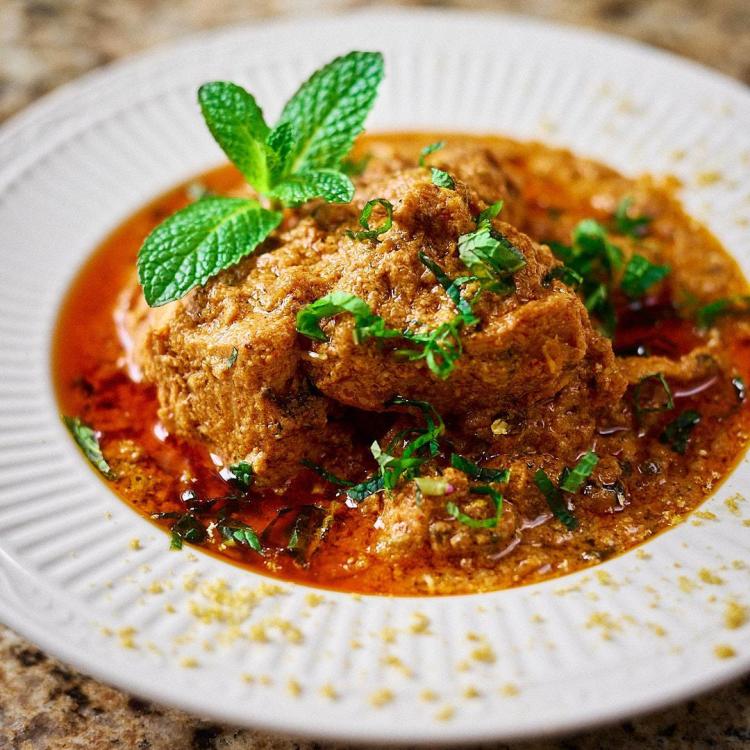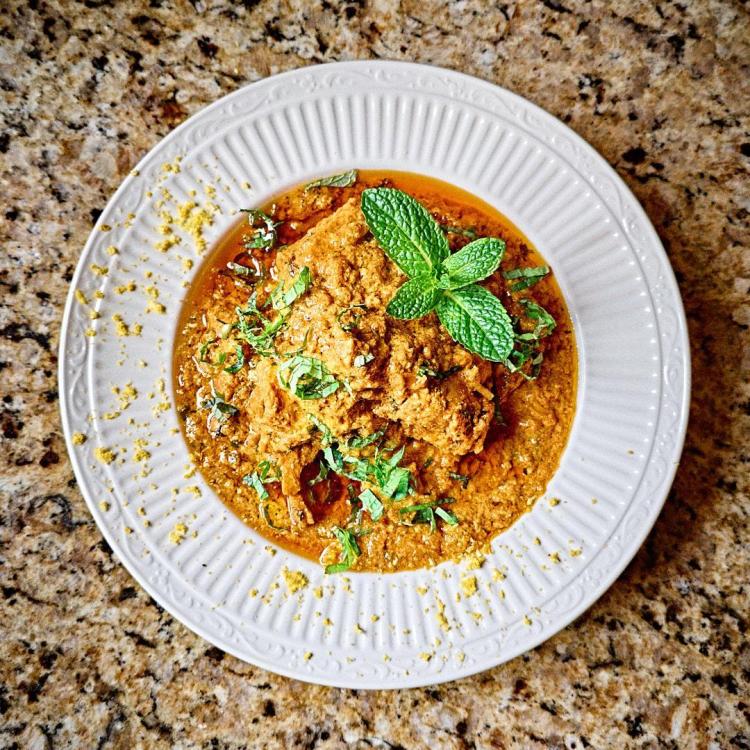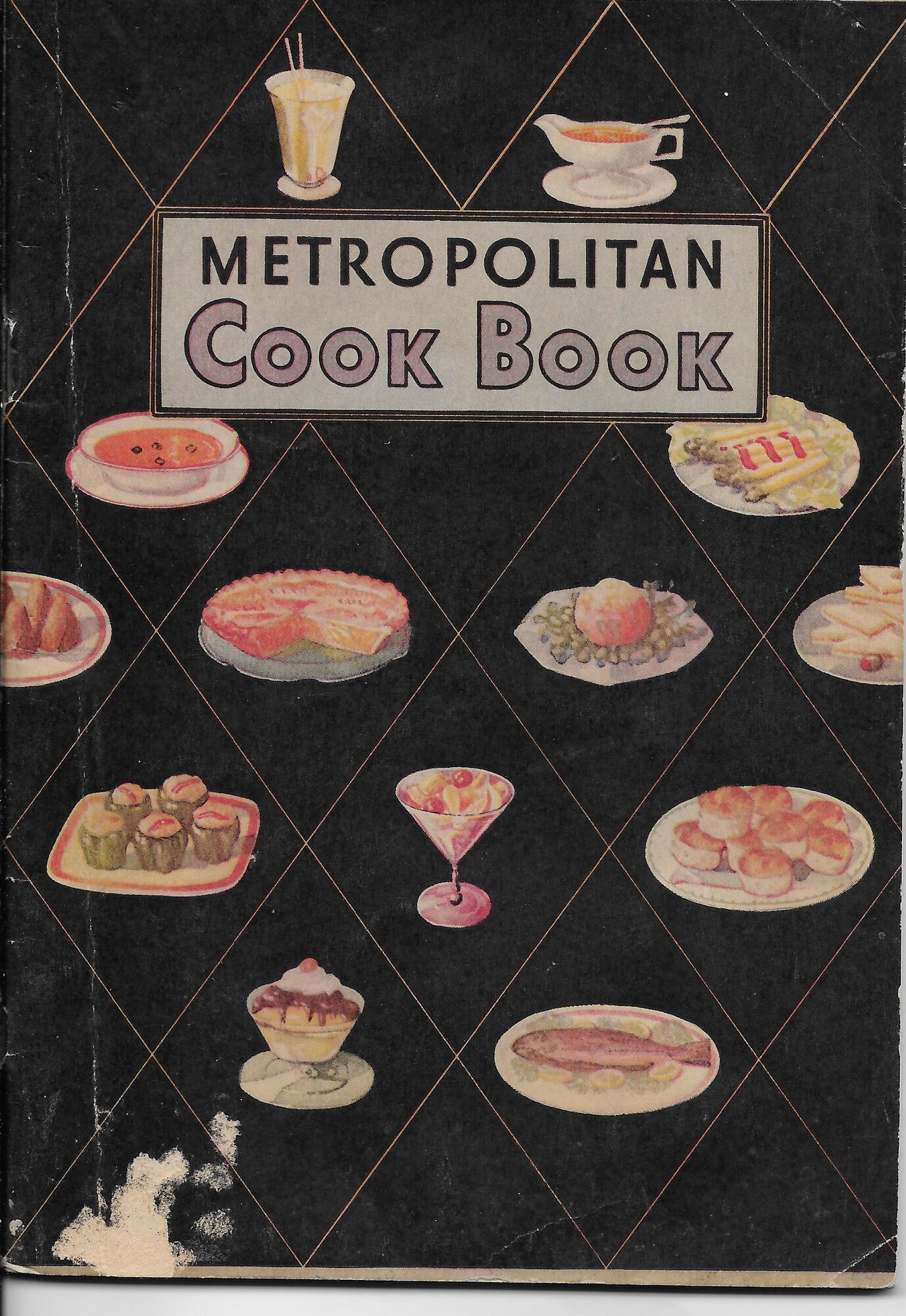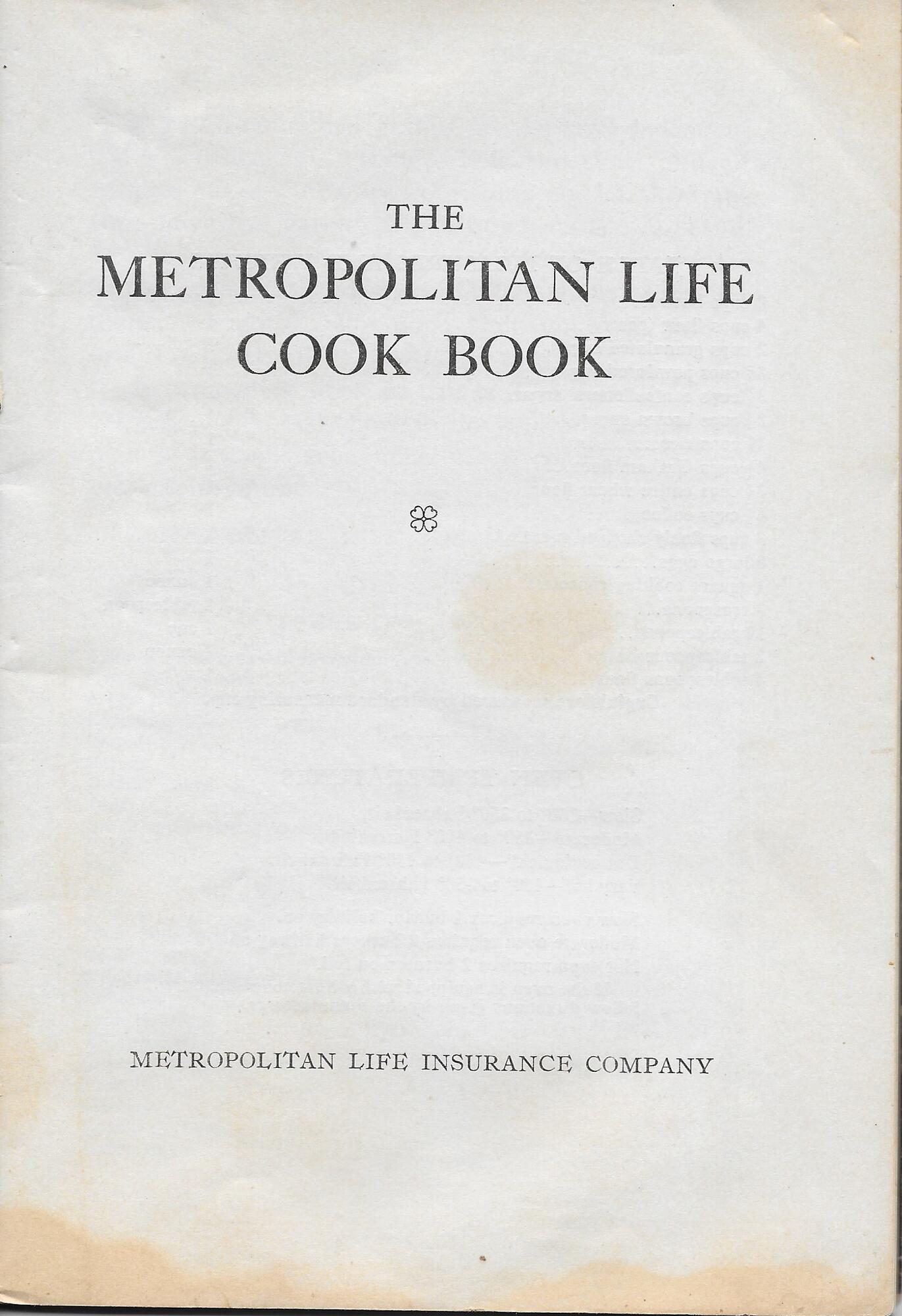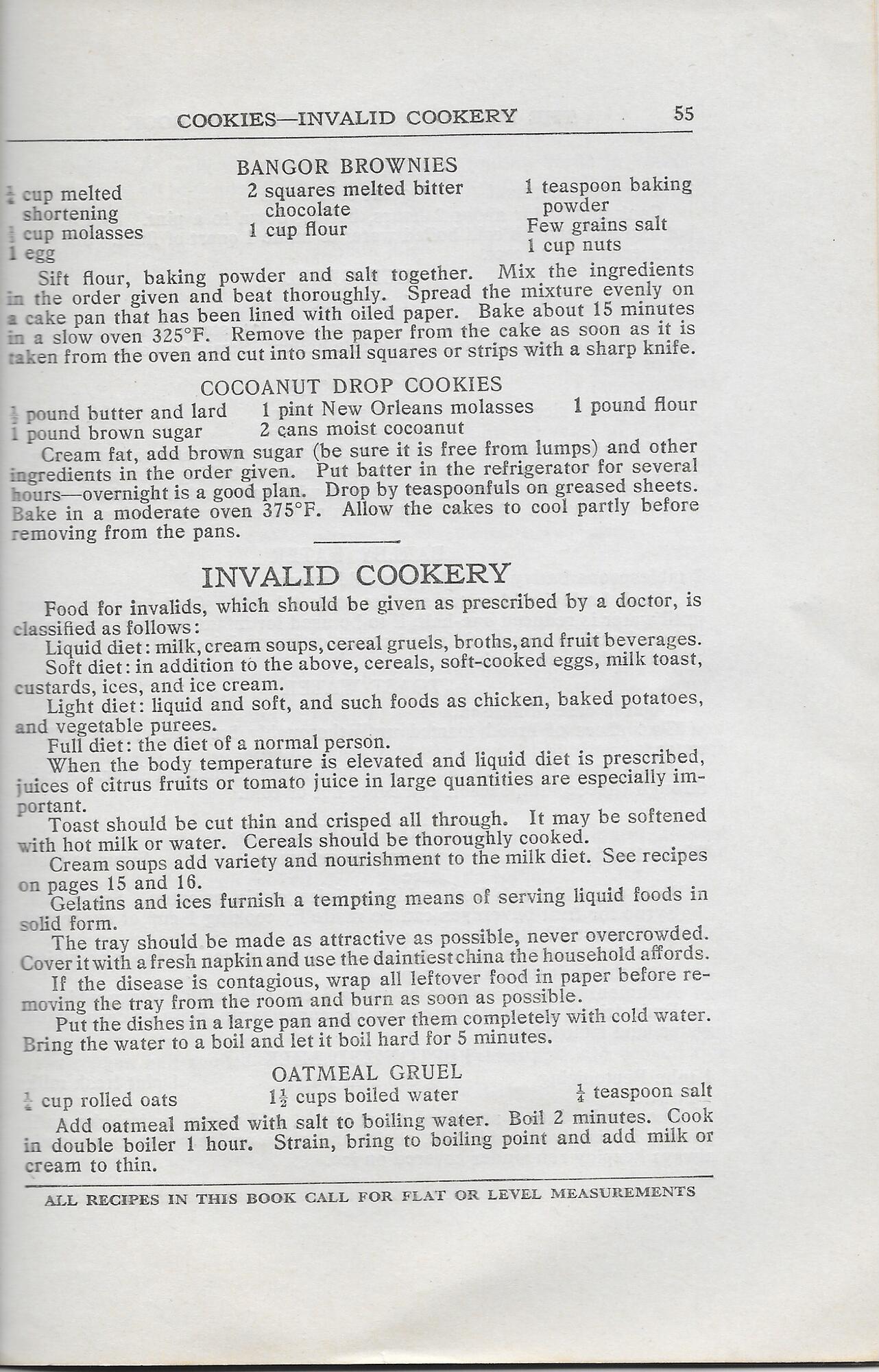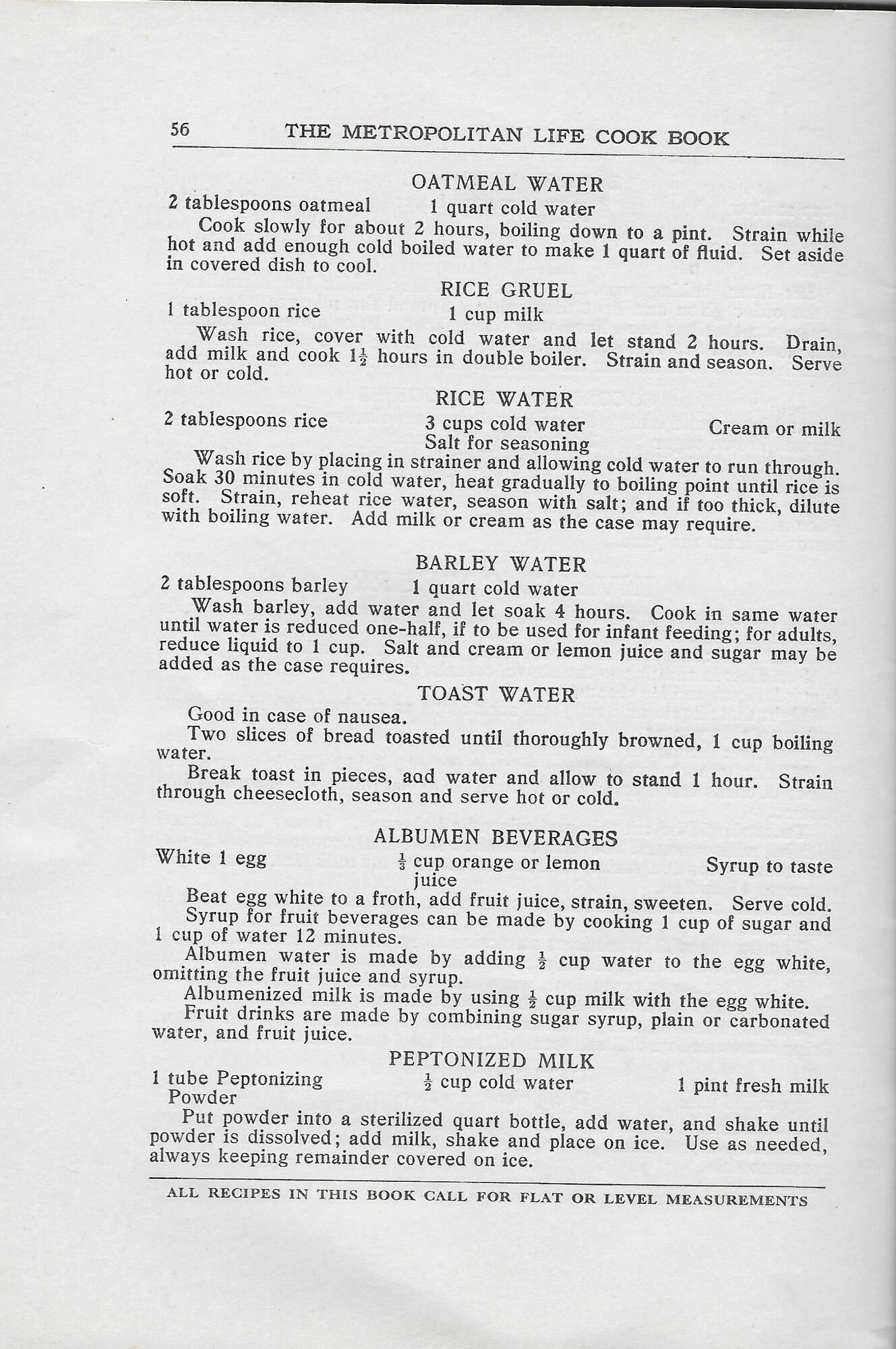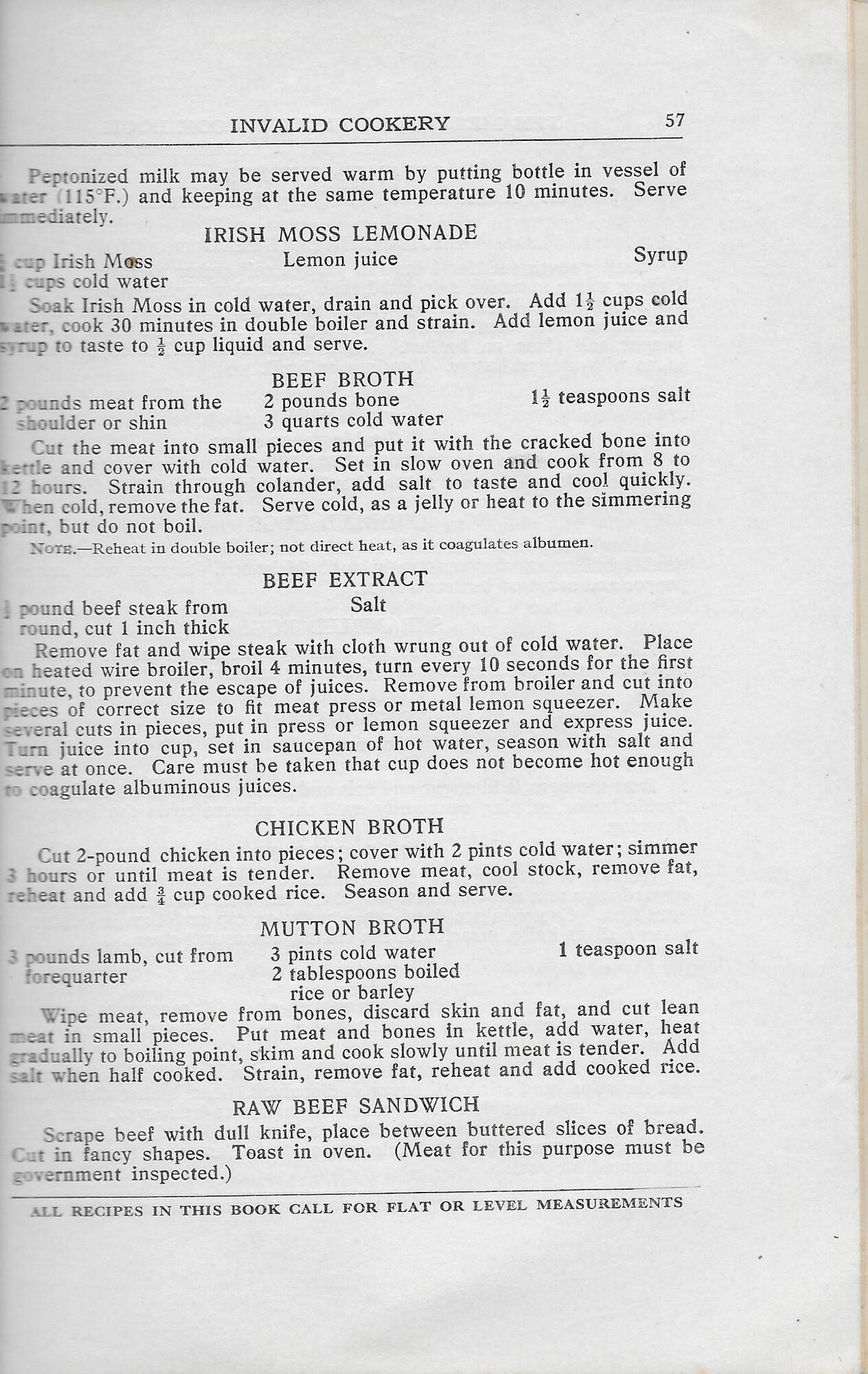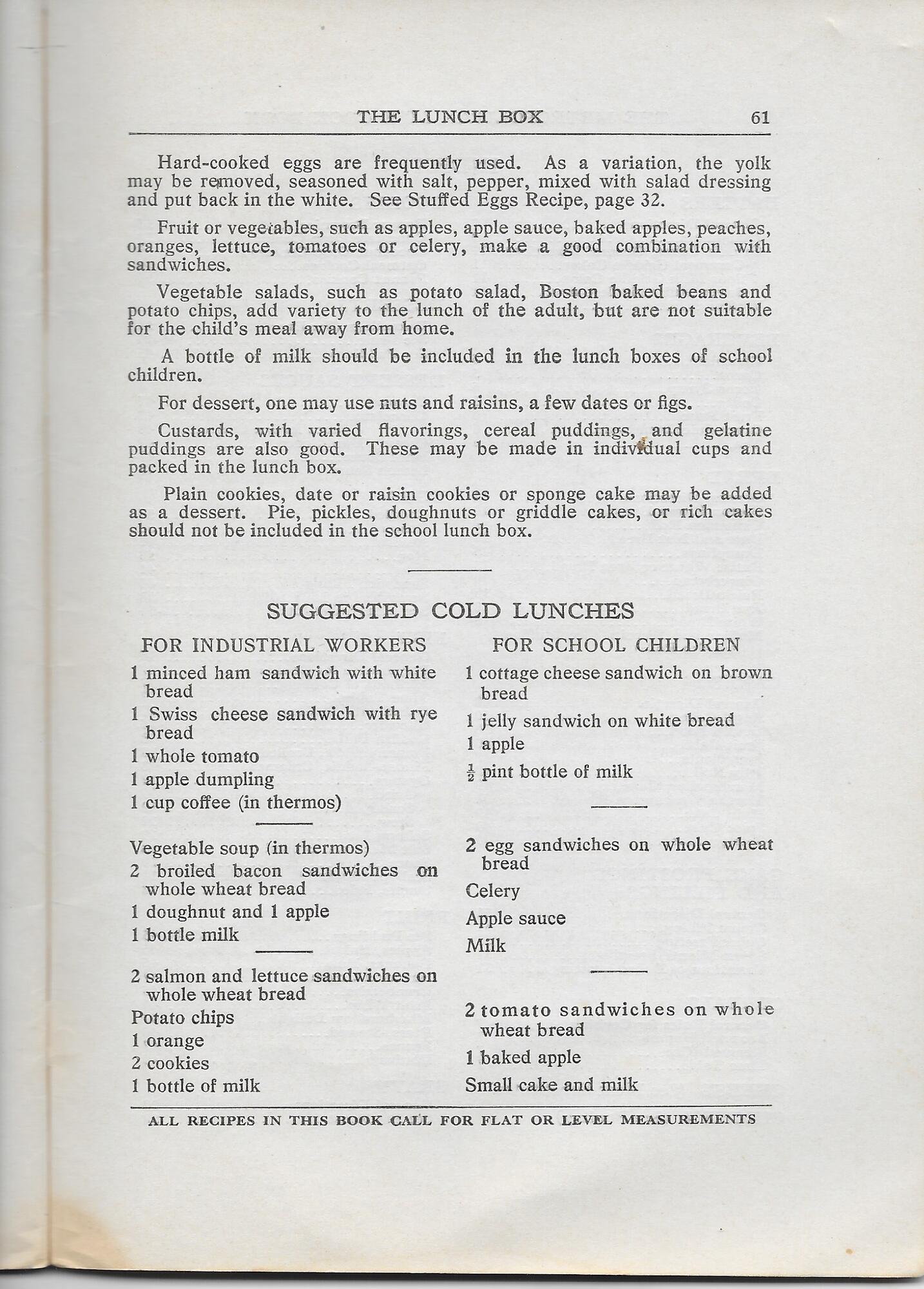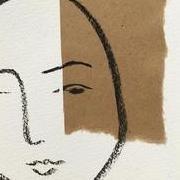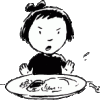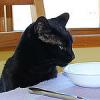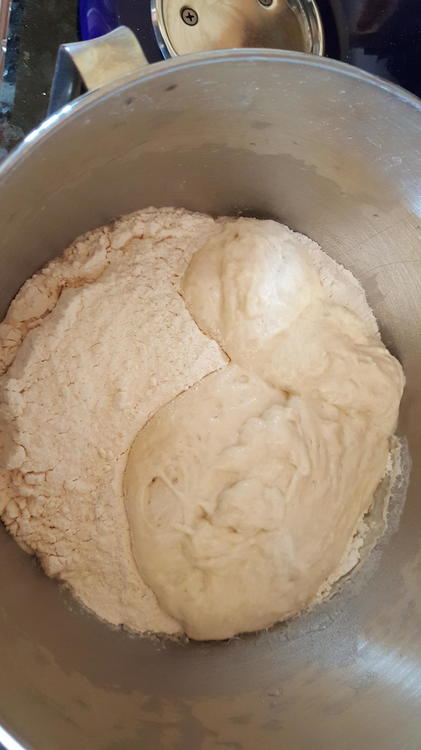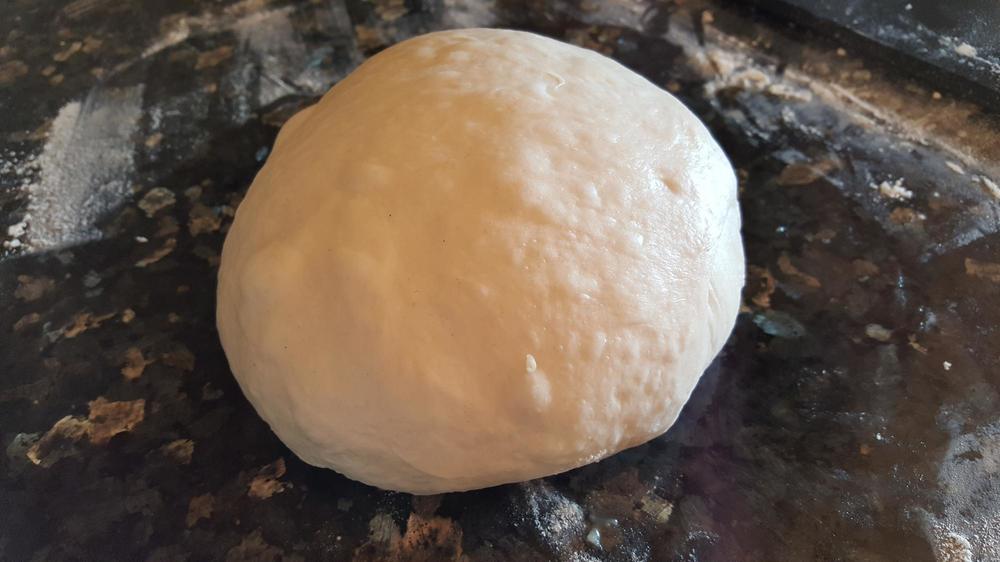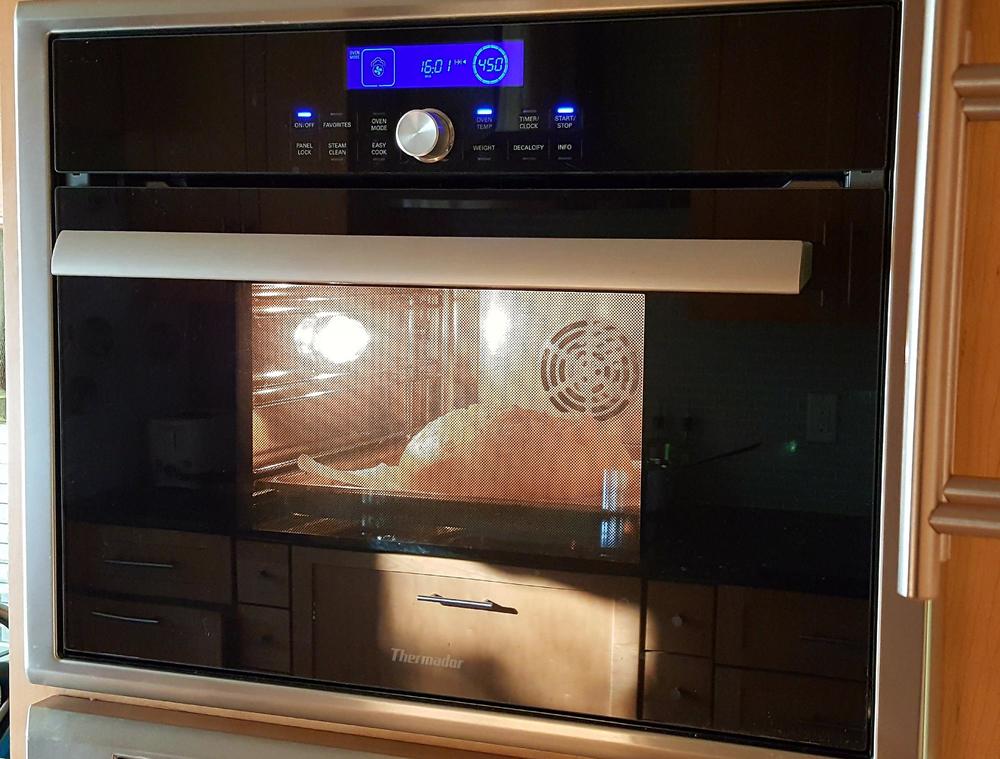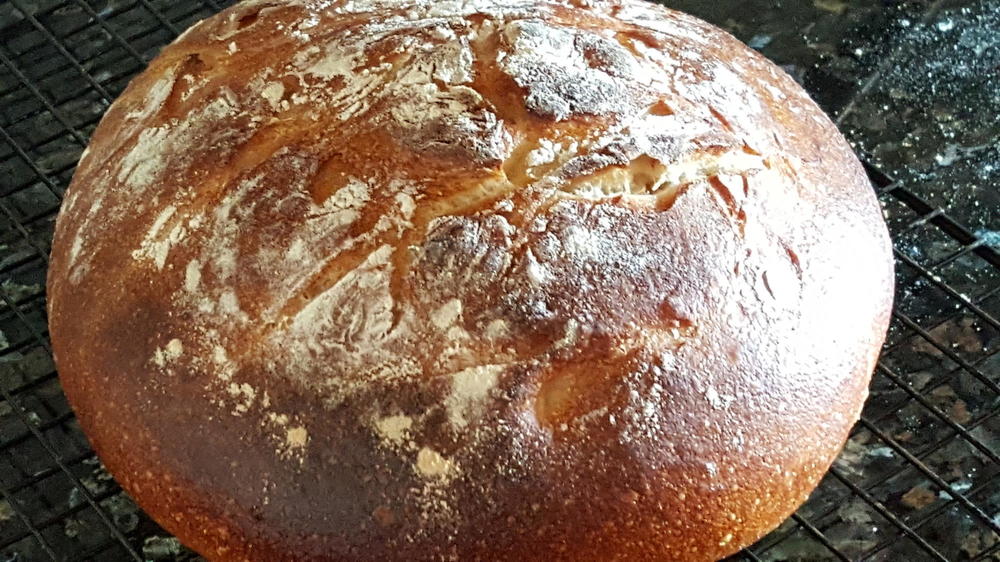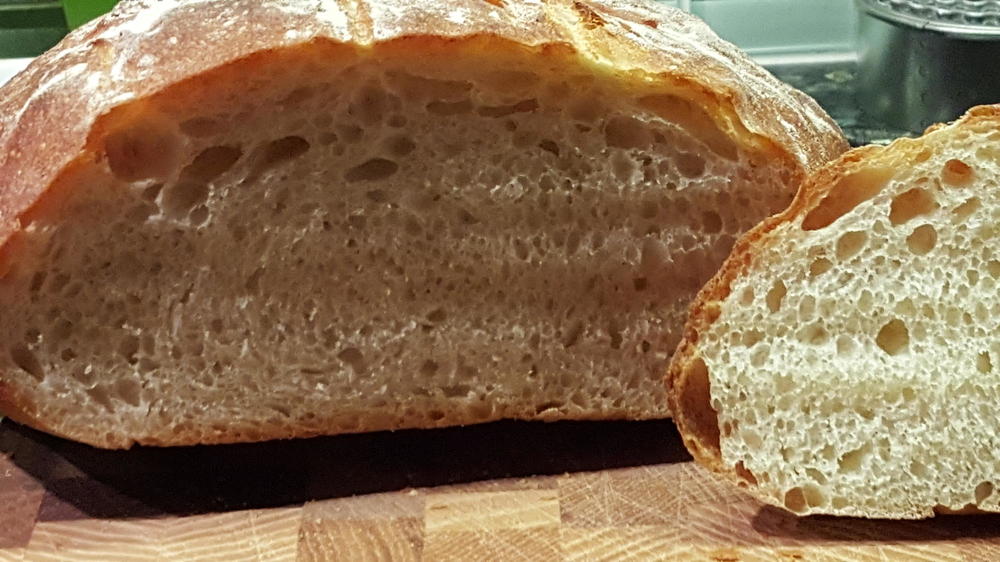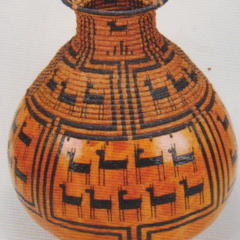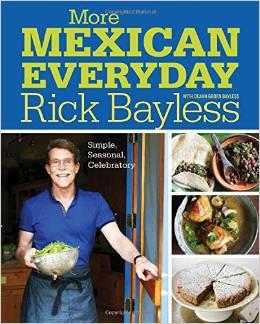Search the Community
Showing results for tags 'Cookbook'.
-
http://www.amazon.com/exec/obidos/tg/detai...KX0DER&v=glance I was looking for some books to buy and I found this one ,isnt available yet , but you can preorder. Does anyone knows about this book? Worth to preorder it and buy it, it looks good . By the way it ships in March.
- 42 replies
-
- Chocolate
- Confections
-
(and 1 more)
Tagged with:
-
I'm wondering what you recommend as the best books about cakes?
-
Many of you are already aware of José Andrés’s book Tapas, A Taste of Spain in America, also available in Spanish as Los fogones de José Andrés. In the Spain & Portugal Forum we’ve discussed how well Spanish cuisine travels given the dependency that many dishes have on very specific ingredients available only in Spain or even only in certain regions of Spain. The question lead to an interesting debate and we concluded somehow that the dependency for certain dishes was so tight that without the ingredient in question itself you’d only obtain a pale resemblance –if any—to the original dish, whereas with some others you could actually get pretty good results. I believe that José’s book does a good job collecting dishes that can capture their original soul even if you don’t have access to the genuine products. In any case, now you have a chance to share your experience and results obtained through cooking your way through José’s book. Rogelio (Rogelio Enríquez), Malawry (Rochelle Reid Myers ), Ronnie Suburban (Ron Kaplan) and I would like to invite you to join us in Cooking with Tapas by Jose Andres.This thread is the place to include your notes, and share with us photos of recipes you have prepared from it. This thread will begin in the Spain & Portugal forum and eventually be moved to the Cooking Forum. If you don't have the book, you still can cook some recipes from it: José Andrés and his publisher, Clarkson Potter, have graciously contributed three recipes which can be found in RecipeGullet: Squid with onions Potatoes with chorizo Chickpea spinach stew This is a "cooking with" thread, so please concentrate on the recipes and save general discussion for an eG Spotlight Conversation with José Andrés, which will take place later in the year, or in one of the existing threads of the Spain and Portugal forum.
-
165, 124. That's a lotta cookbooks, but I know it's nowhere near the true figure. C'mon, guys. Fess up. [Moderator note: The original Cookbooks – How Many Do You Own? topic became too large for our servers to handle efficiently, so we've divided it up; the preceding part of this discussion is here: Cookbooks – How Many Do You Own? (Part 4)]
-
I used to scoff at books that are filled with recipes that can be made in 30 minutes or less... Quite often they are filled dummed down versions of more complicated recipes. Ok, I still scoff at a quite a few of them (coff.. Rachel Ray coff...) but I have recently purchased Rick Bayless' Mexican Everyday and Jaques Pepin's Fast Food My Way and found them quite facinating. I was wondering what other books people like in this genre that I should consider. Thanks! Dan
-
Namaskar(am). As-salaam alaikum. Adaab. Sat sri akal. Vanakkam. Nomoskar. Salam! Hello from Northern California (USA). My name is Ronald N. Tan; I am a home cook (personal chef) with a laser-focused culinary interest in regional Indian, Pakistani, Bangladeshi, and provincial Iranian (Persian) cuisines. My aim is to foster and cultivate discussion while disseminating and sharing knowledge on sourcing rare, specialty spices and herbs—compulsory and outside of India—so that recipes from regional Indian cookbooks published in India can be reproduced 1:1, with viable substitutions and minimal omissions. I will be updating this post in “bite-sized” threads. Please consider following or watch this thread for updates and discussion. I am not affiliated with any of the merchants or online stores. In accordance with eGullet forum regulations, the provided links direct to the original sources. They are intended solely as references to expand and enrich our collective knowledge of the culinary arts! As this is my comprehensive and detailed source list, please perform your due diligence. I will not be responsible for any issues encountered, as individual shopping experiences may vary. Spices and herbs should be purchased in whole form whenever possible, stored in airtight glass containers, and kept away from light. To maximize spice potency, slow toast over low heat to activate their essential oils. To achieve finer grounds, sieve using the smallest mesh. Place the larger pieces back into any grinder and repeat as necessary. For handling harder spices and herbs, e.g. dried vetiver roots (Chrysopogon zizanioides / Vetiveria zizanioides), lesser galangal (Alpinia officinarum), or spiked ginger lily (Hedychium spicatum), a heavy-based granite mortar and pestle is necessary. Repeating (2) and (3) as necessary. Support your local South Asian (Desi) and Middle Eastern grocers. Their contribution to enhancing and diversifying our culinary culture is paramount and often understated—source common ingredients locally whenever possible. Establish relationships with the owners and managers of these stores, as they are invaluable sources of insight and can recommend the highest-quality products. Only resort to online sources when local options have been exhausted.
-
A few weeks ago I bought a copy of this cookbook which is a best-selling spin off from the highly successful television series by China Central Television - A Bite of China as discussed on this thread. . The book was published in August 2013 and is by Chen Zhitian (陈志田 - chén zhì tián). It is only available in Chinese (so far). There are a number of books related to the television series but this is the only one which seems to be legitimate. It certainly has the high production standards of the television show. Beautifully photographed and with (relatively) clear details in the recipes. Here is a sample page. Unlike in most western cookbooks, recipes are not listed by main ingredient. They are set out in six vaguely defined chapters. So, if you are looking for a duck dish, for example, you'll have to go through the whole contents list. I've never seen an index in any Chinese book on any subject. In order to demonstrate the breadth of recipes in the book and perhaps to be of interest to forum members who want to know what is in a popular Chinese recipe book, I have sort of translated the contents list - 187 recipes. This is always problematic. Very often Chinese dishes are very cryptically named. This list contains some literal translations. For some dishes I have totally ignored the given name and given a brief description instead. Any Chinese in the list refers to place names. Some dishes I have left with literal translations of their cryptic names, just for amusement value. I am not happy with some of the "translations" and will work on improving them. I am also certain there are errors in there, too. Back in 2008, the Chinese government issued a list of official dish translations for the Beijing Olympics. It is full of weird translations and total errors, too. Interestingly, few of the dishes in the book are on that list. Anyway, for what it is worth, the book's content list is here (Word document) or here (PDF file). If anyone is interested in more information on a dish, please ask. For copyright reasons, I can't reproduce the dishes here exactly, but can certainly describe them. Another problem is that many Chinese recipes are vague in the extreme. I'm not one to slavishly follow instructions, but saying "enough meat" in a recipe is not very helpful. This book gives details (by weight) for the main ingredients, but goes vague on most condiments. For example, the first dish (Dezhou Braised Chicken), calls for precisely 1500g of chicken, 50g dried mushroom, 20g sliced ginger and 10g of scallion. It then lists cassia bark, caoguo, unspecified herbs, Chinese cardamom, fennel seed, star anise, salt, sodium bicarbonate and cooking wine without suggesting any quantities. It then goes back to ask for 35g of maltose syrup, a soupçon of cloves, and "the correct quantity" of soy sauce. Cooking instructions can be equally vague. "Cook until cooked". A Bite of China - 舌尖上的中国- ISBN 978-7-5113-3940-9
-
First, My Commentary Shivaji Rao Holkar is the short form name of Maharajkumar Shrimant Shivaji Rao Holkar of Indore (aka Prince Richard Holkar). Shalini Devi Holkar (Princess Sally Holkar) is the Indian name via marriage of Ms. Sally Budd of Dallas, Texas. They met while being students at Stanford University in Palo Alto, California. Married in 1967. This book was published in 1975. Link+ is amazingly awesome! I didn't know that my local library was affiliated or have membership access free to the public with library card. In addition to my own collection of books, I have been requesting (within reason) books from all over California's public libraries! I have not cooked this recipe...yet! I thought it would be great to share that royal recipes are "relatively easy" and "immensely friendly to the Western kitchens." Filmed at Prince Richard Holkar's residence called Ahilya Fort in Maheshwar in Madhya Pradesh. You can see an excerpt of Prince Richard Holkar talking about his book from a recent video on the YouTube food channel called "Khaane Mein Kya Hai" (What is There to Eat?). Talk starts at around 9:59. Serves: 6 Founder’s Feast The founder of the dynasty, the first of the seven Nizams to rule Hyderabad, was Asaf Jha, for whom this dish is named. A famous general before he became a ruler, Asaf Jha used to say to his men that to hold a fort there must be only a head, two arms, and two legs. By that, he meant a commander, reinforcement from two quarters (the arms), and food and water in the fort (the legs). Food in the fort may have meant rice and lentils for the regiments; but for Asaf Jha himself, there were always elaborate dishes. This kaliya, or saucy meat, was one of his favourites. Rich with saffron, almonds, and raisins, it is the epitome of refined Muslim cuisine. Ingredients 3 cups unflavoured yogurt, beaten smooth with a fork 2 Tbs. minced garlic ¼ cup scraped and minced ginger root ½ cup clarified butter 4 tsp. salt 2 lbs. lean, boneless lamb (preferably shoulder or leg), cut into 2-inch cubes ¼ cup clarified butter or vegetable oil 2 Tbs. seedless raisins ½ cup slivered blanched, unsalted almonds 1 cup coarsely chopped onion 1-2 Tbs. ground hot red pepper 2 tsp. sugar 2-4 fresh, green chili peppers, seeded and minced (optional) ½ tsp. saffron threads ¼ cup minced fresh coriander leaf (cilantro) (optional) Method Three hours before cooking, pour the yogurt into a strainer lined with a double thickness of dampened cheese-cloth and set over a bowl to drip. (One cup of waterless yogurt will be required.) Purée the garlic, ginger, and salt with ¼ cup water in the blender. Rub this purée into the meat. In a heavy, medium-sized saucepan, heat the butter and fry the meat until it is golden and the natural water evaporated. Add 2 cups water and cook uncovered over medium-high heat until tender. (Add up to 1 cup more water as necessary to tenderize.) All the water should boil off before beginning the next step. Set aside off heat when ready. Fifteen minutes before serving, in a very small skillet or saucepan, heat the butter and fry the raisins until they puff. Remove to the meat pot. In the remaining oil, fry almonds until golden. Remove to meat pot. Add enough fresh oil to the skillet to cover the onions and fry them until they are golden and crisp. Drain and add into the meat with all remaining ingredients in this section. At this point, the meat can be held for several hours. Twenty minutes before serving, reheat it gently and complete preparation. Powder the saffron and put to soak in a cup with 2 tsp. hot water. Just before serving, beat this saffron water into the 1 cup reserved waterless yogurt. Stir into the meat with the coriander leaf. Beat through and serve immediately over plain, white rice.
-
I received a bookstore gift card and decided to buy an Indian cookbook (to fill in a noticeable gap in my cookbook collection). If you could own only one Indian cookbook, what would it be?
-
I will start this topic with books on Ashpazi-ye Irani (Persian Cuisine) that are in my personal library. Then, in subsequent posts (where applicable), I'll mention the books that I've borrowed from my local library or returned purchases because the content(s) of the book(s) don't align with my cooking style, e.g. too "Americanized" or "overly simplified". Although those books might not fit for me—they might be what you're after and matches with your Persian cooking goals. Alikhani, Nasim, and Theresa Gambacorta. Sofreh: A Contemporary Approach to Classic Persian Cuisine. New York, NY: Alfred A. Knopf, 2023. Batmanglij, Najmieh. Food of Life: Ancient Persian and Modern Iranian Cooking and Ceremonies. 4th ed. Chevy Chase, MD: Mage Publishers, 2021. Batmanglij, Najmieh. Cooking in Iran: Regional Recipes & Kitchen Secrets. 2nd Updated ed. Chevy Chase, MD: Mage Publishers, 2022. Consider Najmieh Batmanglij to be the "Julia Child" of traditional Persian cooking. Her famous magnum opus Food of life debuted in 1986. From recent news, Najmieh Batmanglij opened restaurant alongside Michelin-starred chef Christopher Morgan called Joon based in Vienna, Virginia. Nasim Alikhani is the chef and owner of the Persian restaurant of the same namesake—Sofreh—in Brooklyn, New York. In contrast to Najmieh's traditional Persian cooking, Chef Nasim's book is modernized and offers a contemporary interpretation of classic Persian foods.
-
By Tan Can Cook Modified and Adapted from Bilkees I. Latif and Pratibha Karan Serves 10 A decadent, slow-cooked boneless chicken with rich, fragrant, creamy gravy, Dum ka Murgh Nawabi is emblematic of the leisure and passion that define Hyderabadi cuisine. Rooted in the Nizami royal kitchens of Hyderabad, Telangana, this dish stands as one of the most elegant in my repertoire—a true “fancy chicken with gravy.” When I cook, it’s not just food for sustenance but exploring, learning, and appreciating the Greater Indian Culture. Hyderabad stands apart as the only South Indian city to rival the refinement and nicety of Lucknow and Rampur, its culinary traditions reflecting centuries of confluence and refinement. Fried Onions / Birista [Yields: 476 g (2¾ Cups) Onion Oil; 192 g Fried Onions] 520 g (3 cups) vegetable oil 785 g (1½–2 large) onions, thinly sliced Charoli-Mixed Melon Seeds-Almond Paste (Ground Into Paste) 12 g (1 tbsp) char magaz (mixed melon seeds) 20 g (2 tbsp) charoli nuts 10 g (8) almonds, blanched 100 g whole plain yogurt Dum ka Murgh Masala (Ground Into Powder) 1 g (6) green cardamoms 0.63 g (6) cloves 3 g (2″) cinnamon sticks 2.25 g (1 tsp) cubeb berry (Piper cubeba) 2 g (¾ tsp) black cumin seeds (Elwendia persica) 3 g (2 tsp) coriander seeds 10 g (1 tbsp) poppy seeds 2.00 g (1 tsp) sandalwood powder, culinary grade (Santalum album) Marination (Overnight) 1.626 kg boneless chicken breasts and thighs, skinned and curry cuts 58 g ghee 96 g (½ cup) onion oil 20 g (1 tbsp) ginger paste 18 g (1 tbsp) garlic paste 1.50 g (½ tsp) turmeric powder Prepared Dum ka Murgh Masala Prepared charoli-mixed melon seeds-almond paste 1.00 g (2 tbsp) dried mint leaves, coarsely crushed 12 g (3 tbsp) fresh coriander, chopped 16 g (2 tbsp) Kashmiri red chili powder or paprika powder 400 g whole plain yogurt 19 g (2½ tsp) fine salt 142 g fried onions Dum Pukht (Slow Cooking) 0.5 g (a large pinch) saffron, soaked in 1 tbsp warm milk (or rose water) and ground Dhungar (Smoking) Piece of live charcoal Half an onion with skin ½ tsp ghee Garnishing Mint sprigs, chiffonade 50 g fried onions Zest of lime/lemon Method Fry onions until dark brown. Drain oil. Keep aside 50 g of fried onions and saffron. Mix the rest of the ingredients for the marinade with the chicken. Leave in the refrigerator overnight. Keep at room temperature for 1 hour before cooking. Add saffron. Place prepared marinated chicken in an oven-proof dish and bake in a preheated oven at 400°F for 45 minutes. Let it rest for 15 to 20 minutes. Before serving, light a piece of charcoal. Put the half-onion with skin inside the dish with ghee in it. Using tongs, pop a burning piece of charcoal in the oil. To catch the fresh charcoal flavor and retain the smoky aroma, cover the dish quickly. Before serving, remove charcoal and spread oil over chicken. Garnish with fried onions and sprigs of mint.
-
I have sources all over the place, but I'd love an awesome book focusing exclusively on classic cakes. Anyone's favorite(s)?
-
I'm surprised no-one has started a thread on this as yet, so here goes. There is a very new web site (so new it's still in Beta) that you can enter your cookbooks into to create an on-line bookshelf. This is the slow and tedious part of the process (particularly if you have as many cookbooks as I do). What comes next is the neat part. A lot of books have been indexed, with all the recipes and their respective ingredients. Want to search through your books for a recipe using lobster and vanilla? Enter the ingredients into the advanced search engine and up pops all of the recipes from indexed books in your own library that contain these two ingredients. They also give the rest of the ingredients and allow you to add these to your shopping list, which is categorised by type of produce so you can order your shopping around the store. I'm not sure how many books have been indexed so far and not all of my books were on there but I do know that from today I have indexed 176 cookbooks and can search through 12,022 recipes. No more simply going to old standby cookbooks. I'm sure I'll get more use out of my library as a cooking resource using this website. The web site is called eat your books. At present the site is in beta but is accepting subscriptions (current price is $25 per annum or $50 as a limited offer for lifetime membership). It's an idea that I wish I'd thought of but am really pleased to be able to use.
-
Hello and Happy New Year to everyone. I have tidied up my list of freely available historic cookbooks, checked all links, and thought that some of you may be interested. It is at <a href="http://www.mydatabus.com/public/TheOldFoodie/z/Online_Historic_Cookbooks3.pdf">Online_Historic_Cookbooks3.pdf</a> I do want some feedback please - there are bound to be errors, and if you have any to add it would be especially welcome. I'll keep you up-to-date with any changes. If any of you would prefer the Excel spreadsheet from which the pdf was derived, just pm or email me and I'll send. [edited to ask about feedback - I hit the post button too soon - must be that New Year Champagne!] Janet
-
Over the years I've collected both cookbooks and a large collection of what I call cooking "booklets." These are small booklets that were often mailed or given out free at grocery stores. Most of them measure 5 1/2" x 8 1/2". My Mother had a large collection, and I've bought many of them, for a few cents each, at vintage shops and estate sales. I think my Mother would often clip something out of the newspaper food section or a magazine and send it in to the sponsor for the booklet. Magazines like Sunset and Better Homes and Gardens printed a series of these booklets. They're a historical record of the way we cooked and ate at the time, but I also find them a great resource for creating new recipes today. I'll start by posting the Metropolitan Cook Book printed by the Metropolitan Life Insurance Company. Often there wasn't a published date in these cook books, but based on the recipes compared to my collection of vintage cook books, I'd say this one dates to around 1915. Many of the recipes are similar to what I've found in the Fannie Farmer Cookbook of that time. There is a section of recipes titled "Invalid" recipes, where one could have things like Oatmeal Gruel, Irish Moss Lemonade and a Raw Beef Sandwich. Under the "Lunch Box" section, there is a suggested cold lunch for "Industrial Workers"- 1 minced ham sandwich with white bread 1 Swiss cheese sandwich with rye bread 1 whole tomato 1 apple dumpling 1 cup coffee (in Thermos) For "School Children"- 1 cottage cheese sandwich on brown bread 1 jelly sandwich on white bread 1 apple 1/2 pint bottle of milk
-
Hello everyone, This is my first post, so please tell me if I've made any mistakes. I'd like to learn the ropes as soon as possible. I first learned of this cookbook from The Mala Market, easily the best online source of high-quality Chinese ingredients in the west. In the About Us page, Taylor Holiday (the founder of Mala Market) talks about the cookbooks that inspired her. This piqued my interest and sent me down a long rabbit hole. I'm attempting to categorically share everything I've found about this book so far. Reading it online Early in my search, I found an online preview (Adobe Flash required). It shows you the first 29 pages. I've found people reference an online version you can pay for on the Chinese side of the internet. But to my skills, it's been unattainable. The Title Because this book was never sold in the west, the cover, and thus title, were never translated to English. Because of this, when you search for this book, it'll have several different names. These are just some versions I've found online - typos included. Sichuan (China) Cuisine in Both Chinese and English Si Chuan(China) Cuisinein (In English & Chinese) China Sichuan Cuisine (in Chinese and English) Chengdu China: Si Chuan Ke Xue Ji Shu Chu Ban She Si Chuan(China) Cuisinein (Chinese and English bilingual) 中国川菜:中英文标准对照版 For the sake of convenience, I'll be referring to the cookbook as Sichuan Cuisine from now on. Versions There are two versions of Sichuan Cuisine. The first came out in 2010 and the second in 2014. In an interview from Flavor & Fortune, a (now defunct) Chinese cooking magazine, the author clarifies the differences. That is all of the information I could find on the differences. Nothing besides that offhanded remark. The 2014 edition seems to be harder to source and, when available, more expensive. Author(s) In the last section, I mentioned an interview with the author. That was somewhat incorrect. There are two authors! Lu Yi (卢一) President of Sichuan Tourism College, Vice Chairman of Sichuan Nutrition Society, Chairman of Sichuan Food Fermentation Society, Chairman of Sichuan Leisure Sports Management Society Du Li (杜莉) Master of Arts, Professor of Sichuan Institute of Tourism, Director of Sichuan Cultural Development Research Center, Sichuan Humanities and Social Sciences Key Research Base, Sichuan Provincial Department of Education, and member of the International Food Culture Research Association of the World Chinese Culinary Federation Along with the principal authors, two famous chefs checked the English translations. Fuchsia Dunlop - of Land of Plenty fame Professor Shirley Cheng - of Hyde Park New York's Culinary Institute of America Fuchsia Dunlop was actually the first (and to my knowledge, only) Western graduate from the school that produced the book. Recipes Here are screenshots of the table of contents. It has some recipes I'm a big fan of. ISBN ISBN 10: 7536469640 ISBN 13: 9787536469648 As far as I can tell, the first and second edition have the same ISBN #'s. I'm no librarian, so if anyone knows more about how ISBN #'s relate to re-releases and editions, feel free to chime in. Publisher Sichuan Science and Technology Press 四川科学技术出版社 Cover Okay... so this book has a lot of covers. The common cover A red cover A white cover A white version of the common cover An ornate and shiny cover There may or may not be a "Box set." At first, I thought this was a difference in book editions, but that doesn't seem to be the case. As far as covers go, I'm at a loss. If anybody has more info, I'm all ears. Buying the book Alright, so I've hunted down many sites that used to sell it and a few who still have it in stock. Most of them are priced exorbitantly. AbeBooks.com ($160 + $15 shipping) Ebay.com - used ($140 + $4 shipping) PurpleCulture.net ($50 + $22 shipping) Amazon.com ($300 + $5 shipping + $19 tax) A few other sites in Chinese I bought a copy off of PurpleCuture.net on April 14th. When I purchased Sichuan Cuisine, it said there was only one copy left. That seems to be a lie to create false urgency for the buyer. My order never updated past processing, but after emailing them, I was given a tracking code. It has since landed in America and is in customs. I'll try to update this thread when (if) it is delivered. Closing thoughts This book is probably not worth all the effort that I've put into finding it. But what is worth effort, is preserving knowledge. It turns my gut to think that this book will never be accessible to chefs that have a passion for learning real Sichuan food. As we get inundated with awful recipes from Simple and quick blogs, it becomes vital to keep these authentic sources available. As the internet chugs along, more and more recipes like these will be lost. You'd expect the internet to keep information alive, but in many ways, it does the opposite. In societies search for quick and easy recipes, a type of evolutionary pressure is forming. It's a pressure that mutates recipes to simpler and simpler versions of themselves. They warp and change under consumer pressure till they're a bastardized copy of the original that anyone can cook in 15 minutes. The worse part is that these new, worse recipes wear the same name as the original recipe. Before long, it becomes harder to find the original recipe than the new one. In this sense, the internet hides information.
-
I love old cookbooks. They’re sort of like the next best thing to a time machine. There are some really interesting cultural clues in the old ones. The recipes from, say, the WWII era and the post-WWII era help those of us who weren’t around to understand what a lot of life was about. And the more adventurous old cookbooks are so cute. Despite our ideas of our americanized forebears being strictly meat-and-potatoes folk, some of the most interesting cookbooks encourage housewives to try new foods. My favorite old cookbooks (at least of those in my possession) are **Meatless Meals, 1943, geared at helping housewives deal with meat rationing. Its recipes include Sauerkraut Fritters, Succotash and Mushroom Thermidor, and Spaghetti Rarebit. **50 Dishes from Overseas, 1944. This one has dishes organized by country and by ingredient. Chapters include “Gooseberry Novelties from Brittany,” “New Zealand Beetroot Dishes,” “South African Ways with Steak,” and “Tennis Sundaes from Africa.” Every third recipe begins some sort of appeal to take the recipe seriously, like “veal tongue prepared in the Viennese way needs trying to be appreciated. It will be liked once tried.” **And the piece d’ resistance, The Housekeeper Cook Book, published in 1894 by the New England Furniture and Carpet Co. This large and decrepit book has many dozen pie recipes, at least 10 recipes for homemade root beer, a whole chapter on ginger breads, and detailed instructions for how to a) boil coffee and b) care for an invalid. It also has a three-meal menu for every day of the year. If you’re curious about what today’s menu would have been 109 years ago, here it is: Breakfast: Pancakes, maple syrup, fried potatoes, venison steak, celery. Dinner: Whitesoup [sic], baked trout, baked potatoes, stewed tomatoes, corn, blueberry pie, apples. Supper: Butter toast, dried beef, hot biscuit, honey. (Can’t wait until the 15th – breakfast is something called “California breakfast food”!) What is it about these old gems that’s so fascinating? Do you have a favorite cookbook, or recipe from an old cookbook? (edited for editing)
-
HOST'S NOTE: This post and those that follow were split off from the pre-release discussion of Modernist Bread. ***** Figured I don't need to dump all this into the contest thread - so I'll post here. My journey to making my first MC loaf. Her's the poolish after >12 hours: Not pictured - water with yeast in it below the bread flour and poolish That went into the mixer and not long later I had a shaggy mass: That rested for a while - then mixed until medium gluten formation - a window pane that was both opaque and translucent (no picture for that slightly messy part) Folded and rested, folded and rested, I think this is 1/2 the mass now ready to rest one final time. Proofed it in the oven - I have a picture of that but it's just foggy window oven Then it went into the oven, here it is at max temp - 450 with steam turned on. Completed loaf: \ And the crumb - this is awesome bread:
-
THE WHOLE BEAST: Nose To Tail Eating( Ecco), the legendary cult classic from St John's Fergus Henderson will be released March 30th. Brit reprint coming as well.
-
It may be that I have missed it in the topics, but I can't find any reference to the 2011 publication of Cook's Illustrated Cookbook: 2,000 Recipes from 20 Years of America's Most Trusted Food Magazine. It appears to retail in the USA for $40 but is available on Amazon for far less than that. Obviously lots of recipes with interesting notes also. I always love the notes and explanations. Back home in Canada my library doesn't carry Cook's Illustrated and the larger city library has only a few issues. I've borrowed it from the local library in Utah and am thinking about buying it. Any thoughts, please ?
-
I have a centrifuge and have been working my way though some of the recipes that benefit or require a centrifuge. Also have a similar carbonation set up as the one that is mentioned in the book and will be getting to the carbonation section next. Anyone else experimenting with this James Beard award winning cocktail book?
-
I was excited to see Bayless publishing a new cookbook this month, More Mexican Everyday. He's one of my favorite chefs both for his cooking and his cookbooks, and I love Mexican food. Plus, living in Oklahoma I have access to pretty much all of the necessary ingredients. Has anyone else ordered this? I'm headed to the local mercado this afternoon to stock up on ingredients. The cookbook arrives tomorrow, but I won't have time to shop later in the week so I'm going to guess at the necessities based on the Table of Contents. I figure masa, crema, and poblanos are a safe bet! Plus some tomatoes and jalapenos. What am I missing?
-
Has anyone else picked up a copy of Lesley Téllez's new cookbook, Eat Mexico? I've long wanted to take a culinary tour of Mexico City, but I still haven't made it down there; this book is doing nothing to calm that desire! There are quite a few ingredients in it that I am going to have a hard time getting my hands on, but I thought I'd give some of the recipes a try anyway. Is anyone else cooking from it yet?




